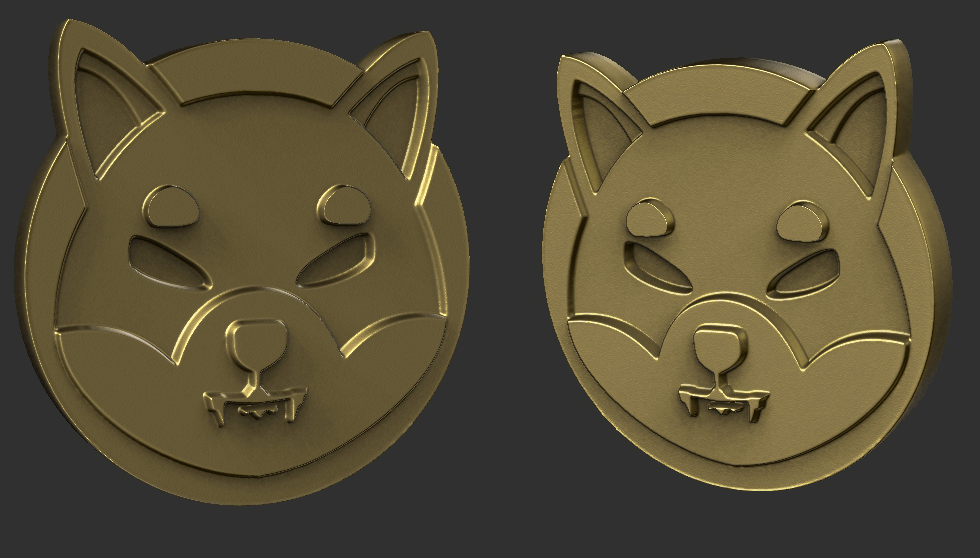Named after supernatural creatures from Japanese folklore, YokaiSwap is a multifunctional platform built on the Nervos Network, an open-source public blockchain ecosystem. On paper, it’s a highly innovative project that bridges various needs in the cryptocurrency community. It’s an Automated Market Maker, a decentralised exchange, and a yield and stake farming platform—all while boasting an interoperable ecosystem.
But in a highly competitive playing field where new DeFi projects are popping up day and night, YokaiSwap is likely to need some yokai magic to gain leverage above the rest.
How Does YokaiSwap’s Decentralised Exchange Work?

YokaiSwap is essentially a decentralised finance platform all-in-one, which means that participants have a lot to play around with. On the first level, it’s a decentralised exchange that aims to support a plethora of cryptocurrencies, starting from Ethereum (ETH).
At the moment, the platform can only swap between Nervos Network Price (CKB), the Nervos Network’s native token, YokaiSwap (YOK), the platform’s native token, and wrapped coins that live on the Ethereum and Binance Smart Chain. While the crypto selection is small, exchanging between pairs is near-instant thanks to the protocols holding up the platform, and by extension, the blockchain it’s built on. YokaiSwap is also continuously trying to build its ecosystem of cryptocurrencies, with sights set on supporting key players Ripple (ADA) and Bitcoin (BTC).
An important facet in the YokaiSwap platform is that external coins are wrapped, which is no less legitimate than unwrapped coins. These essentially allow outside coins, like ETH, MATIC, and more, to operate in the YokaiSwap network. Their prices are wired to the prices of the original tokens at a 1:1 ratio, but they live on separate blockchains—usually within Ethereum or the Binance Smart Chain.
YOK Liquidity Pools

Apart from hosting a decentralised exchange, YokaiSwap is also home to liquidity pools where you can stake YOK. This entails leaving a number of coins in the pool for a predetermined amount of time, where it’s locked in, and passively gaining interest from transactions. Liquidity pools are used to fund a “bank” that borrowers can take from, specifically for the token that you’re staking against. They also facilitate completely decentralised peer-to-peer transactions thanks to AMMs, which determine the market value of tokens based on computer-generated algorithms.
YokaiSwap only houses liquidity pools for YOK, which means that users need to first exchange wrapped cryptocurrencies through the in-house decentralised exchange to obtain YOK before they can participate in the pool. The clearly circular ecosystem and low barrier-of-entry offer coin holders the opportunity to stake their funds and make a profit with hardly any effort—a no-brainer course of action for anyone with YOK lying around.

An extension of the YOK liquidity pools is the paired liquidity farms, which further enhance the yield farming capabilities within the YokaiSwap ecosystem. First, users can determine a cryptocurrency pair that they want to stake against. Their stakes must be of equal value, such as 100 USD of WETH and 100 USD of CKB (provided to the platform through the cryptocurrency, not fiat money).
Once that has been established, the staking process is essentially the same as the YOK pool. The coins are placed inside a liquidity pool where they fund transactions for the corresponding cryptocurrency pair. Users can gain interest from their contributions and withdraw the coins after the staking period ends.
Launchpad for the Future—or Not?

One of YokaiSwap’s recent feats involves using its platform to launch an initial DEX offering (IDO) for StableKoi, which is a similar platform that handles stable coins. Users were able to place CKB or YOK into the IDO, and they were, in turn, rewarded with KOI (StableKoi’s native token) based on how much they initially staked. Contributions that were too small did not result in a successful exchange between the currency pairs, as is standard for most IDOs.
While the project received lukewarm reactions from users, one thing is certain—YOK has not been faring well since its December high. Sitting at $0.09, YokaiSwap is boiling in a pot of controversy, primarily pushed by its careless community-building efforts. Its social media presence is lackluster, which means less investor potential in the world of speculative investments, which is dictated by public interest.
However, YokaiSwap is undoubtedly a promising platform and many are latching onto its current low in hopes for a bullish return in the future. For now, it’s up to the blockchain to regain its luster and build interest with more compelling projects, partnerships, and updates—perhaps with a bit of help from the all-powerful yokai themselves.












































